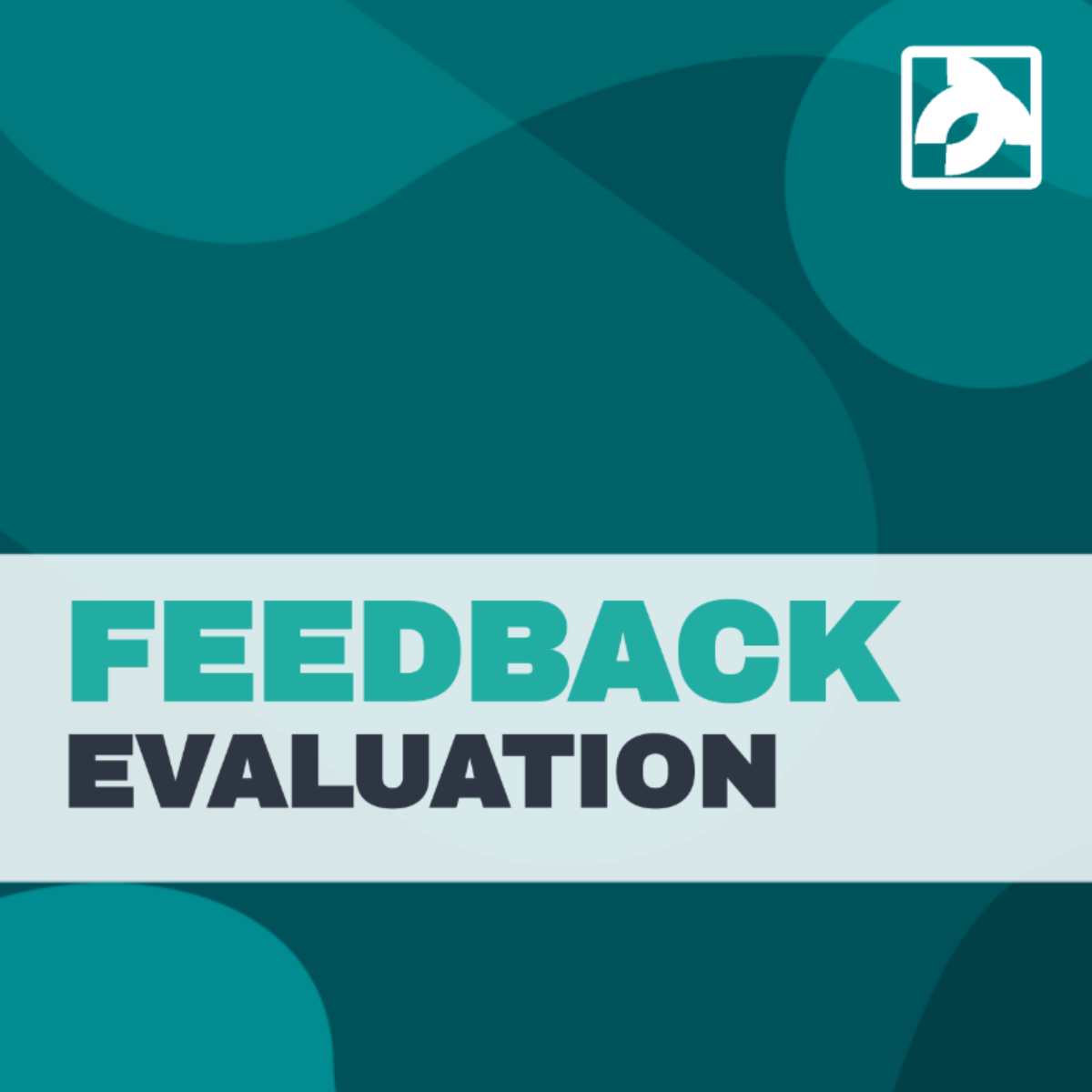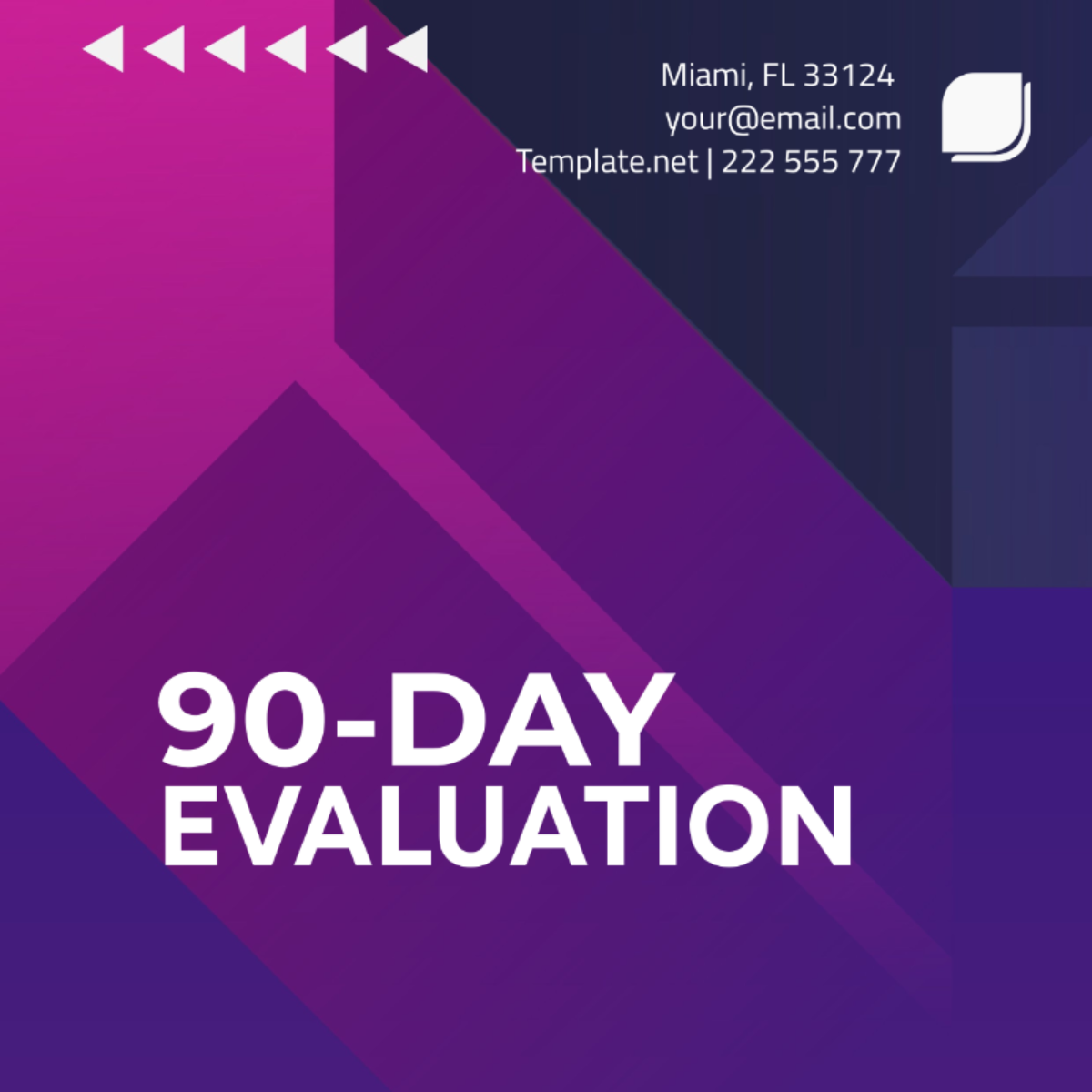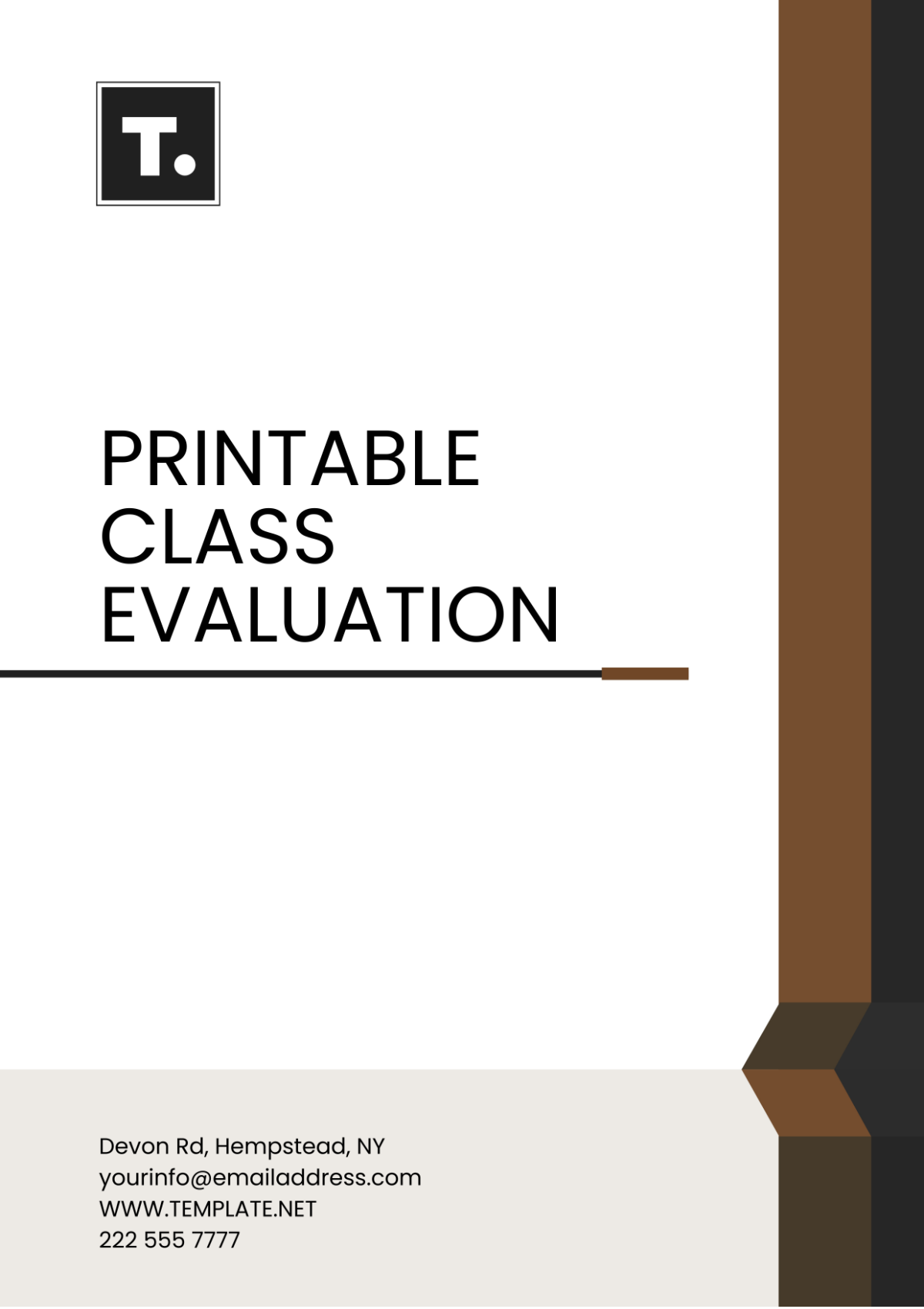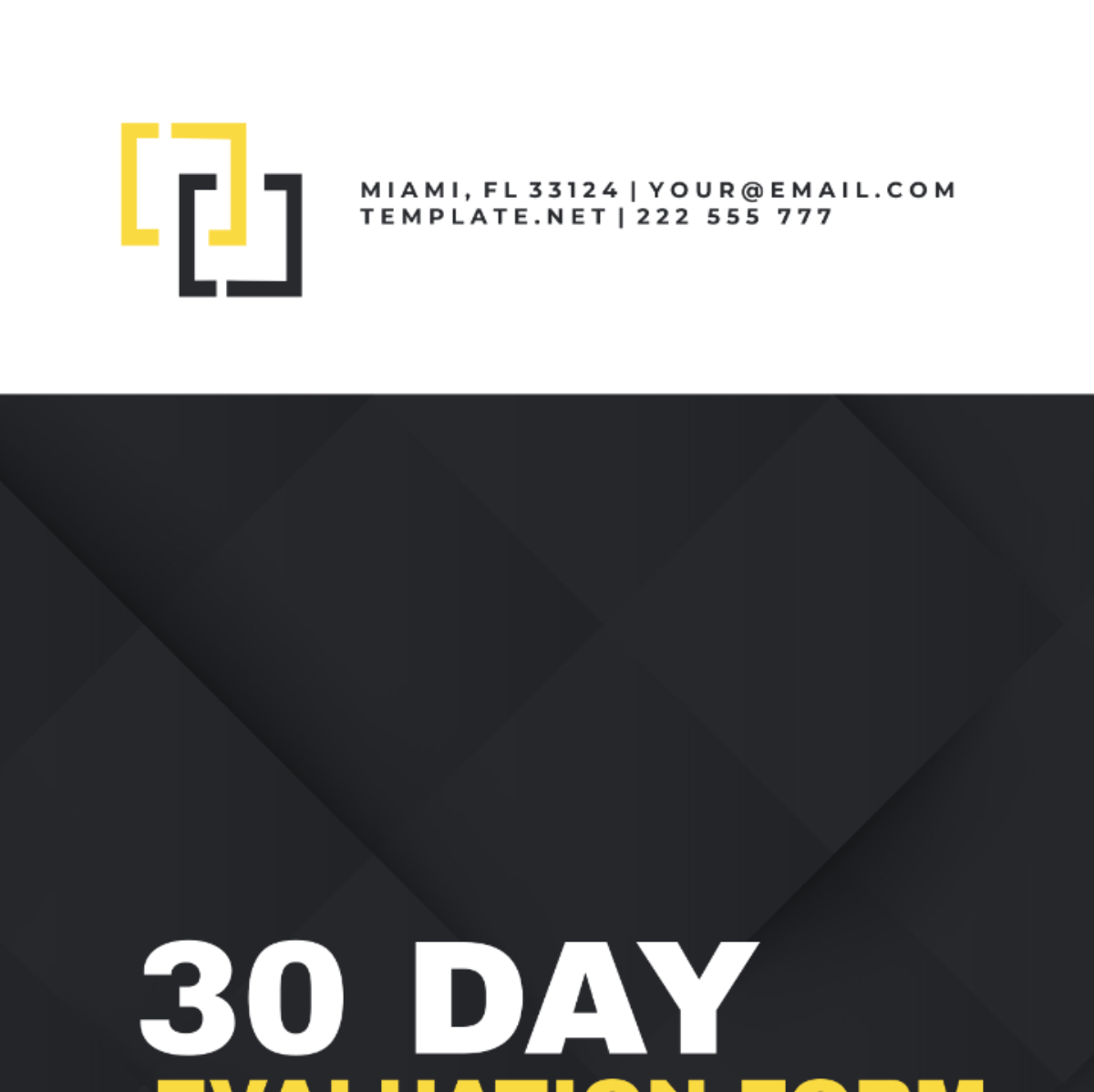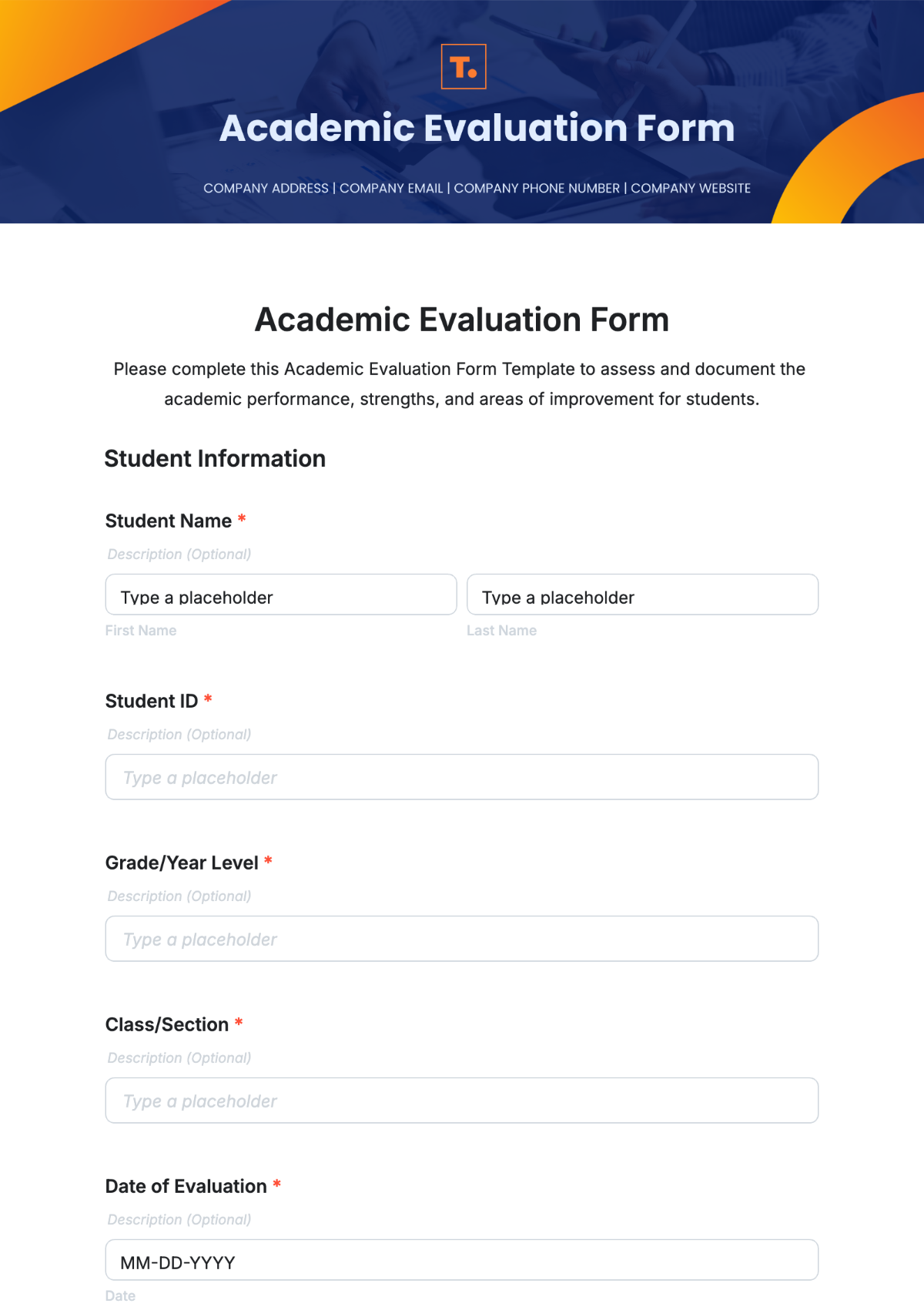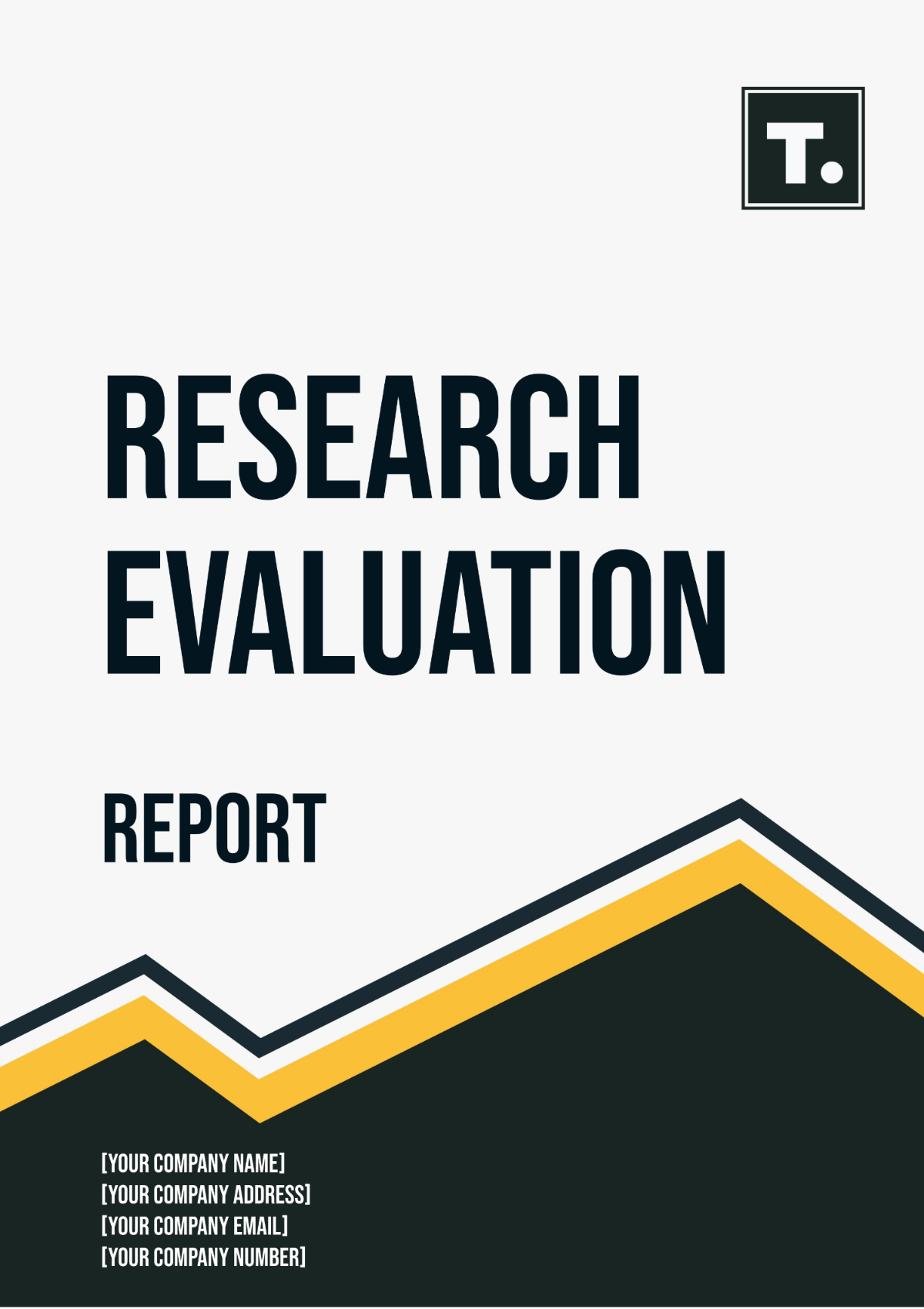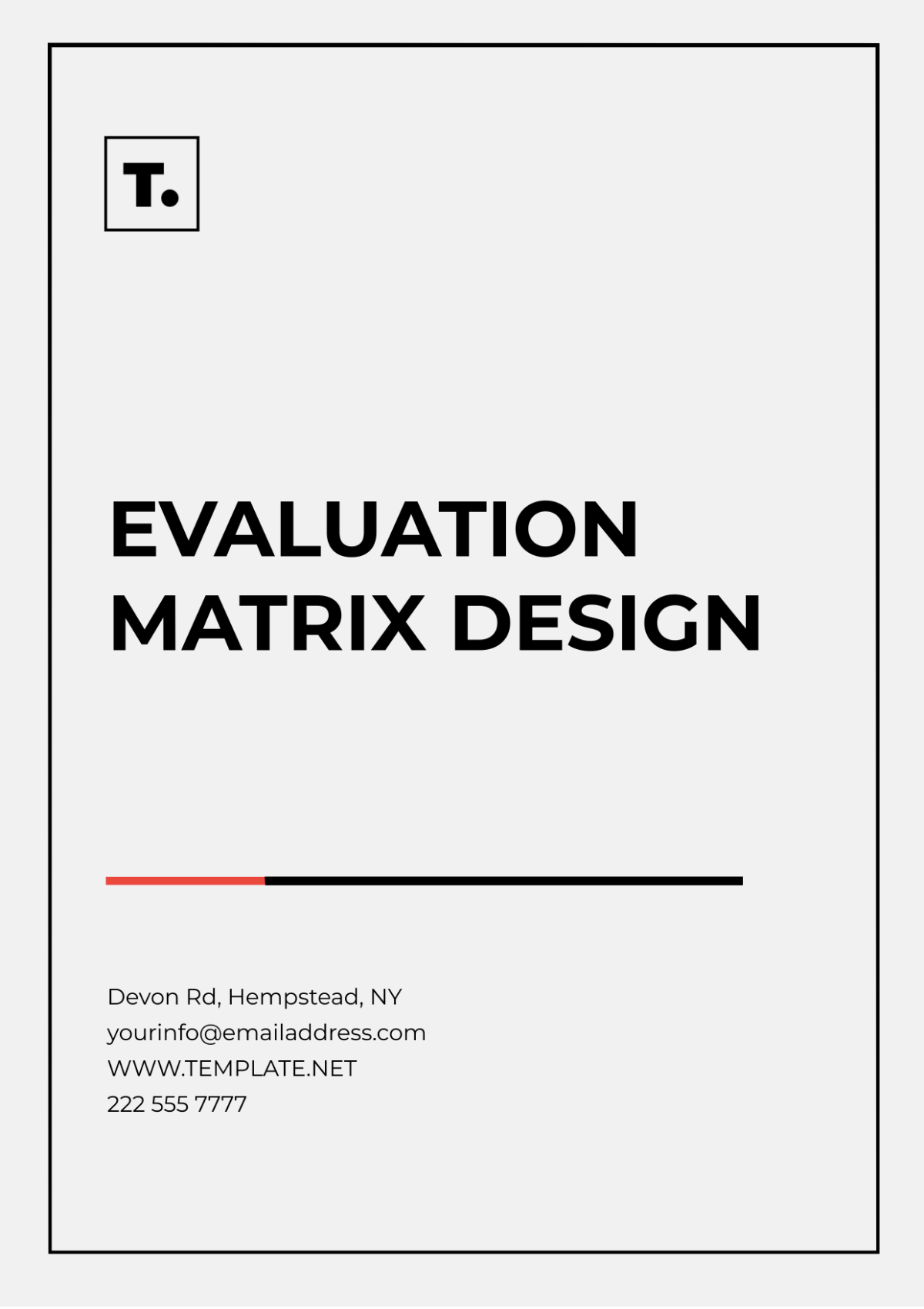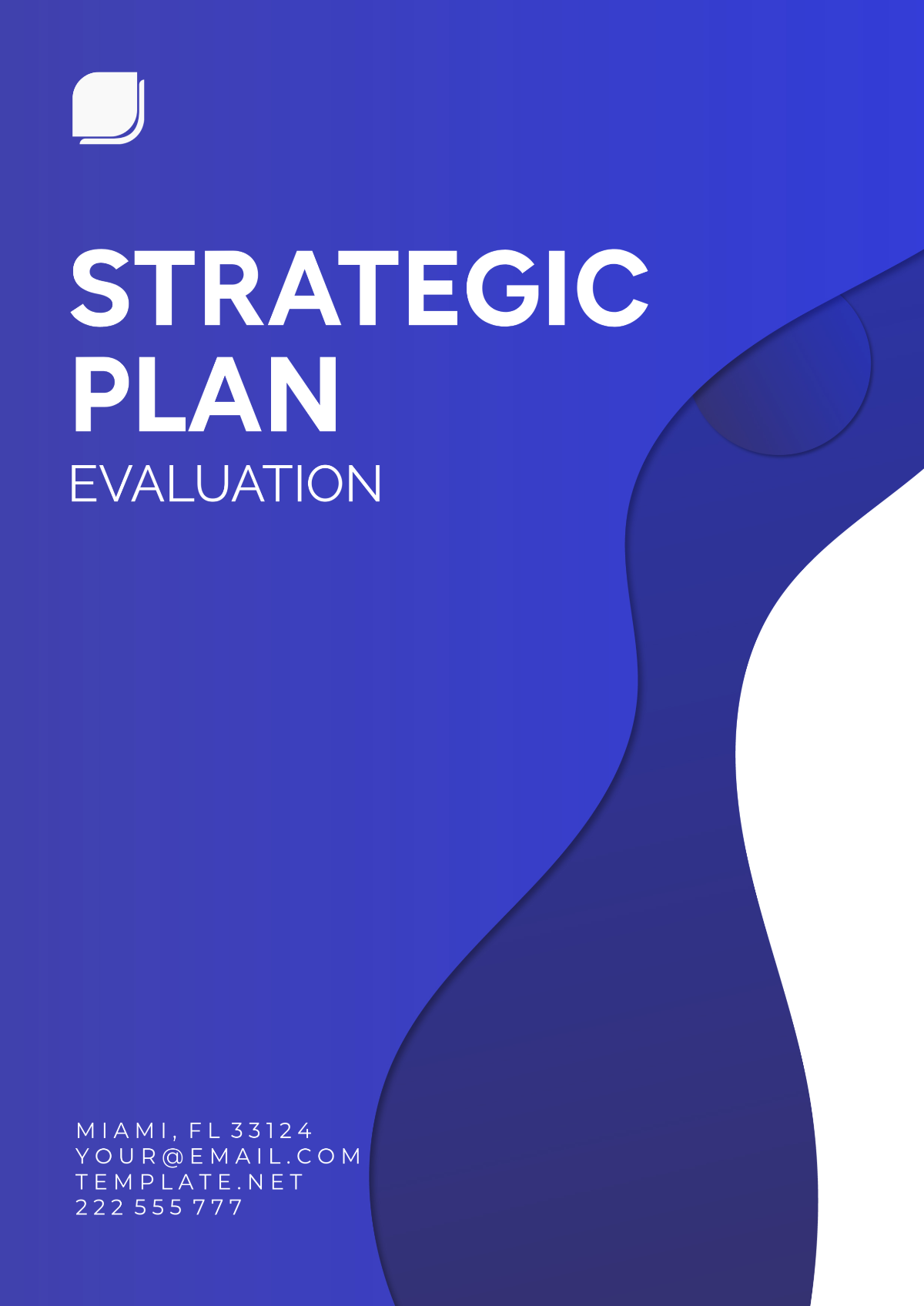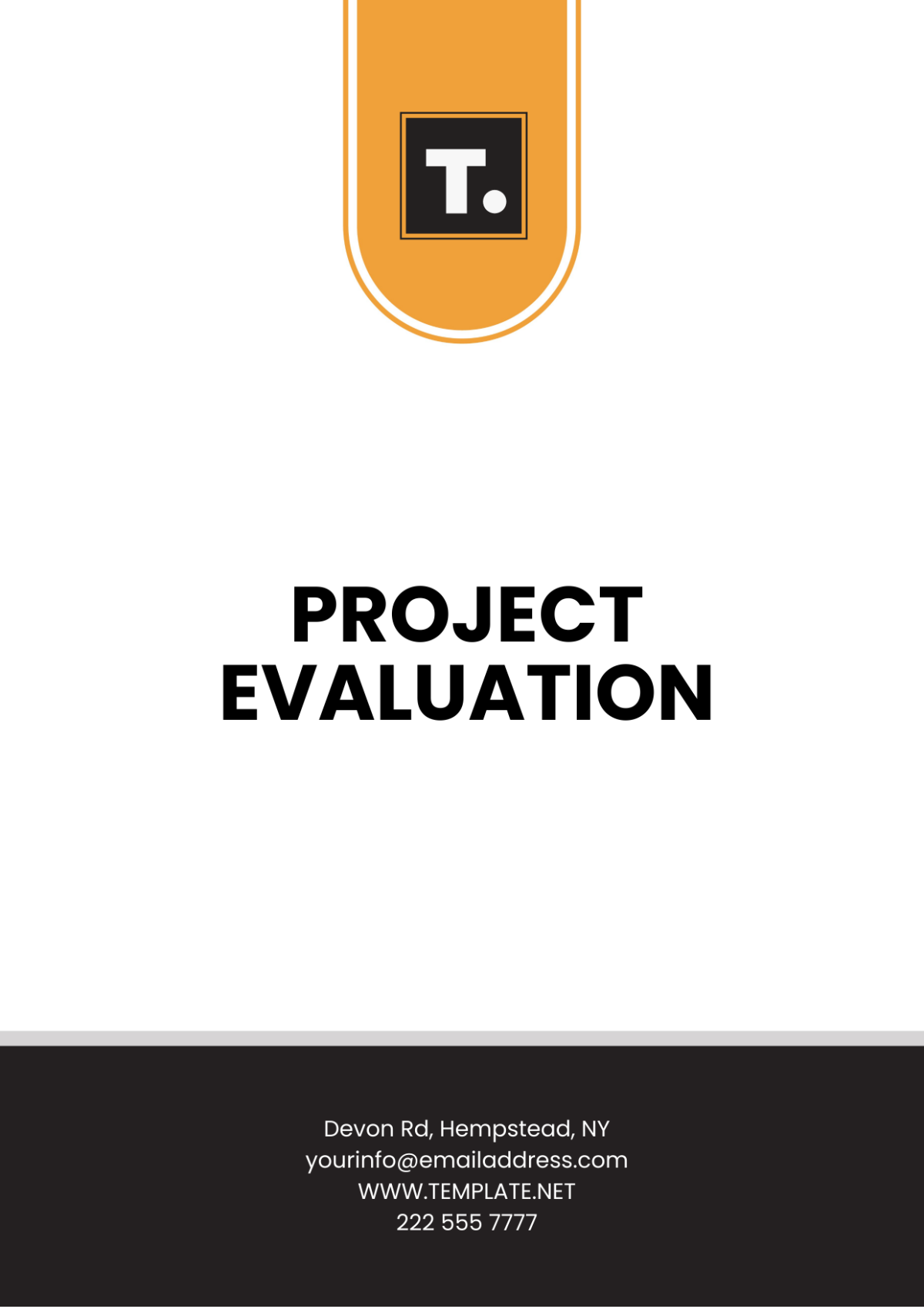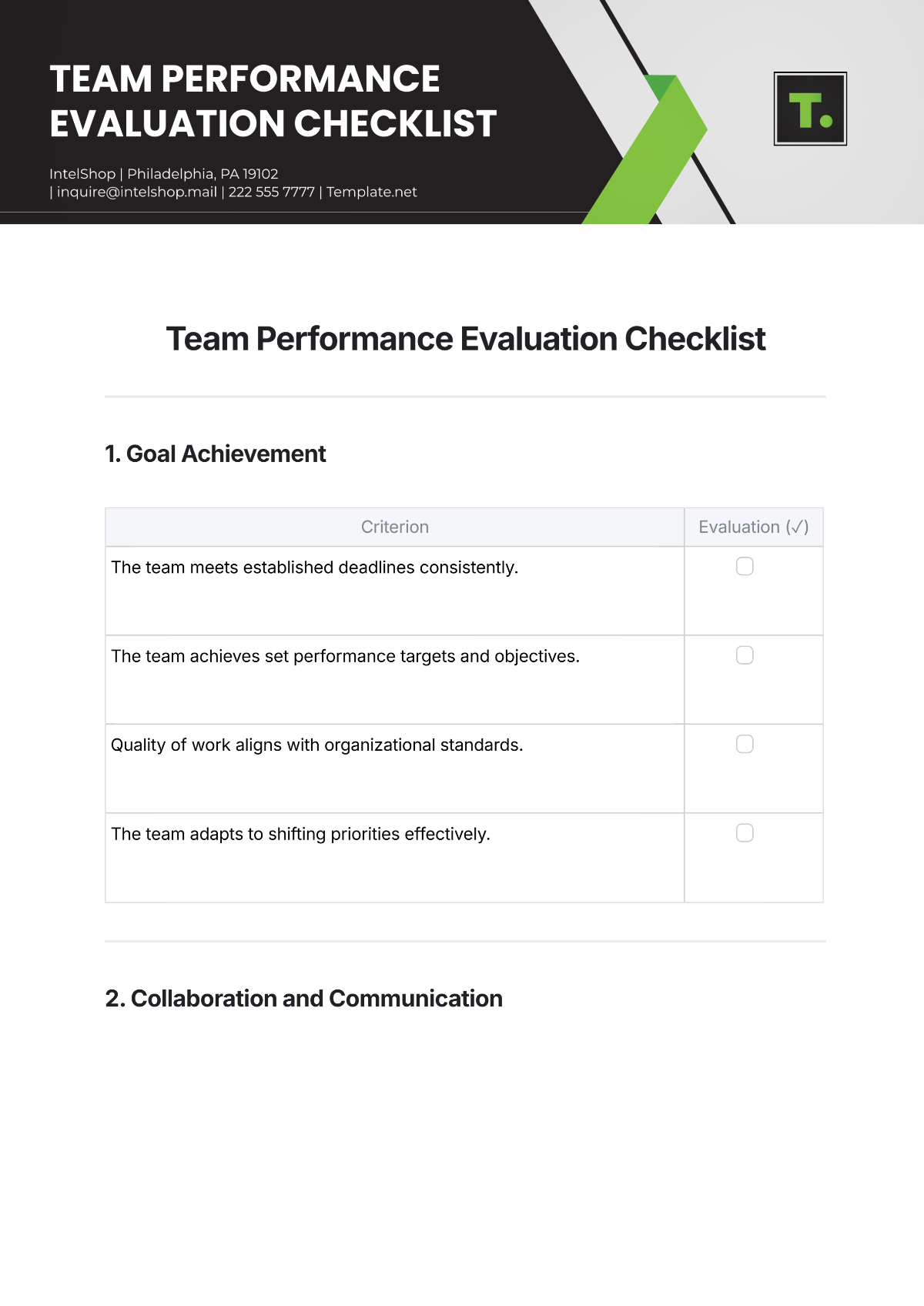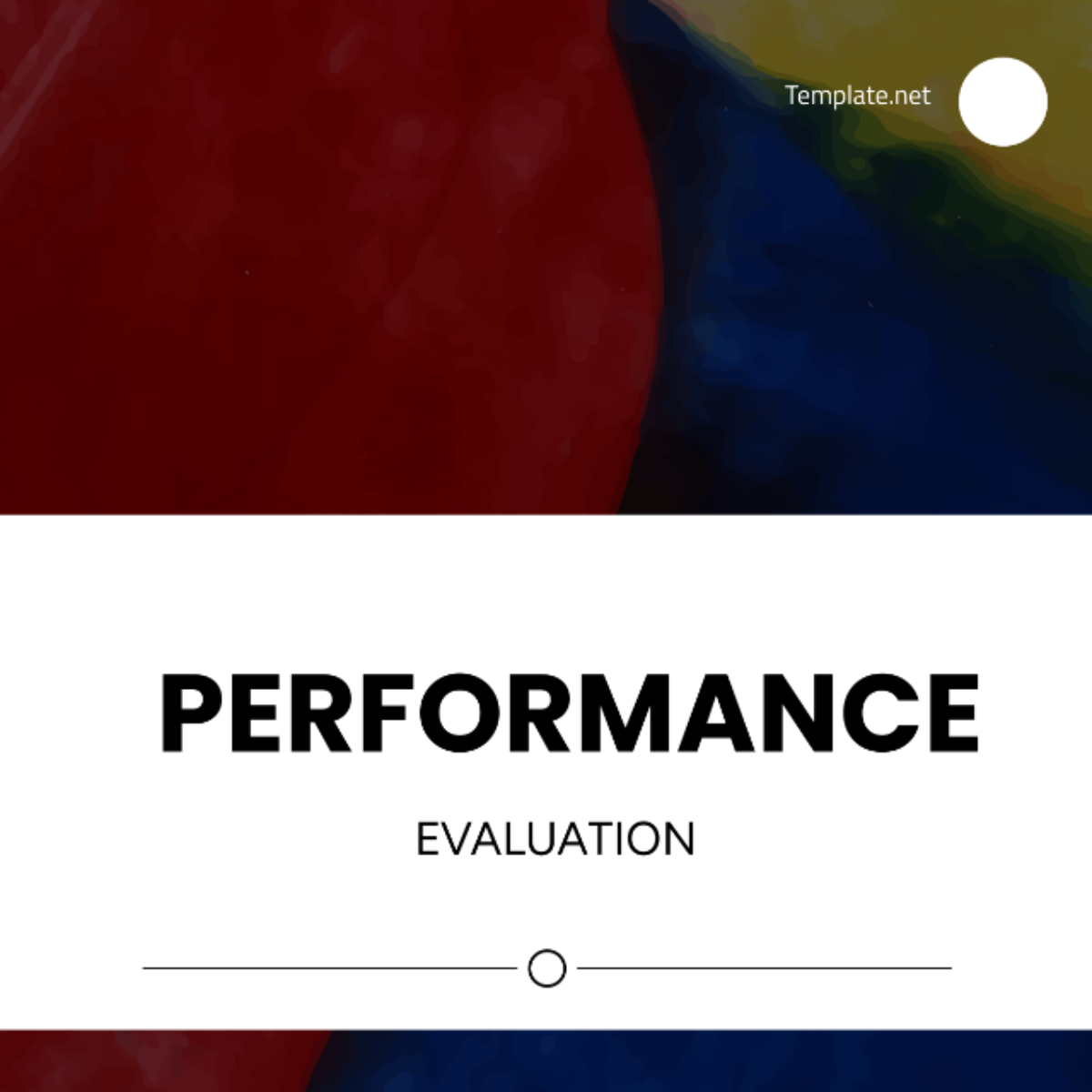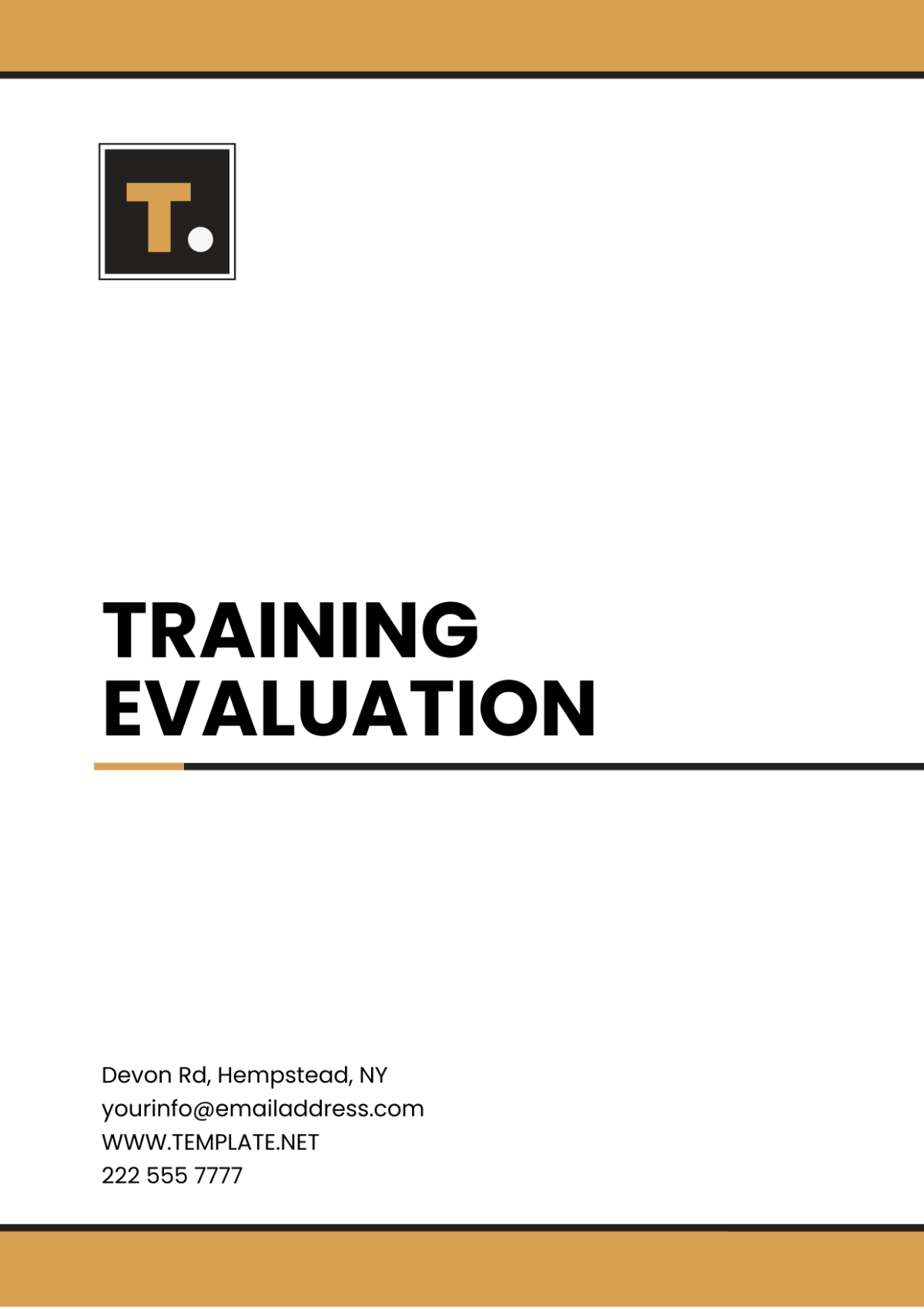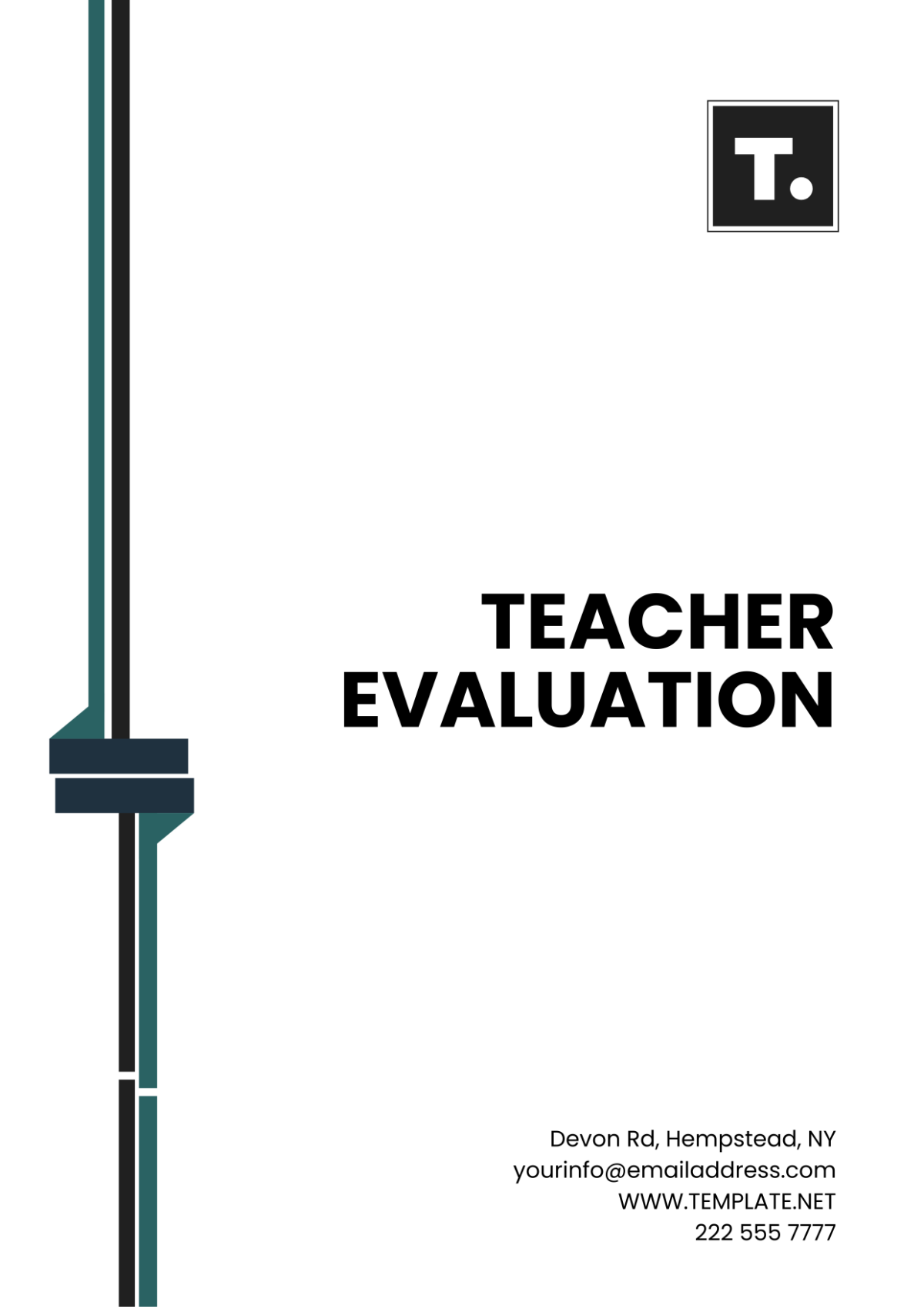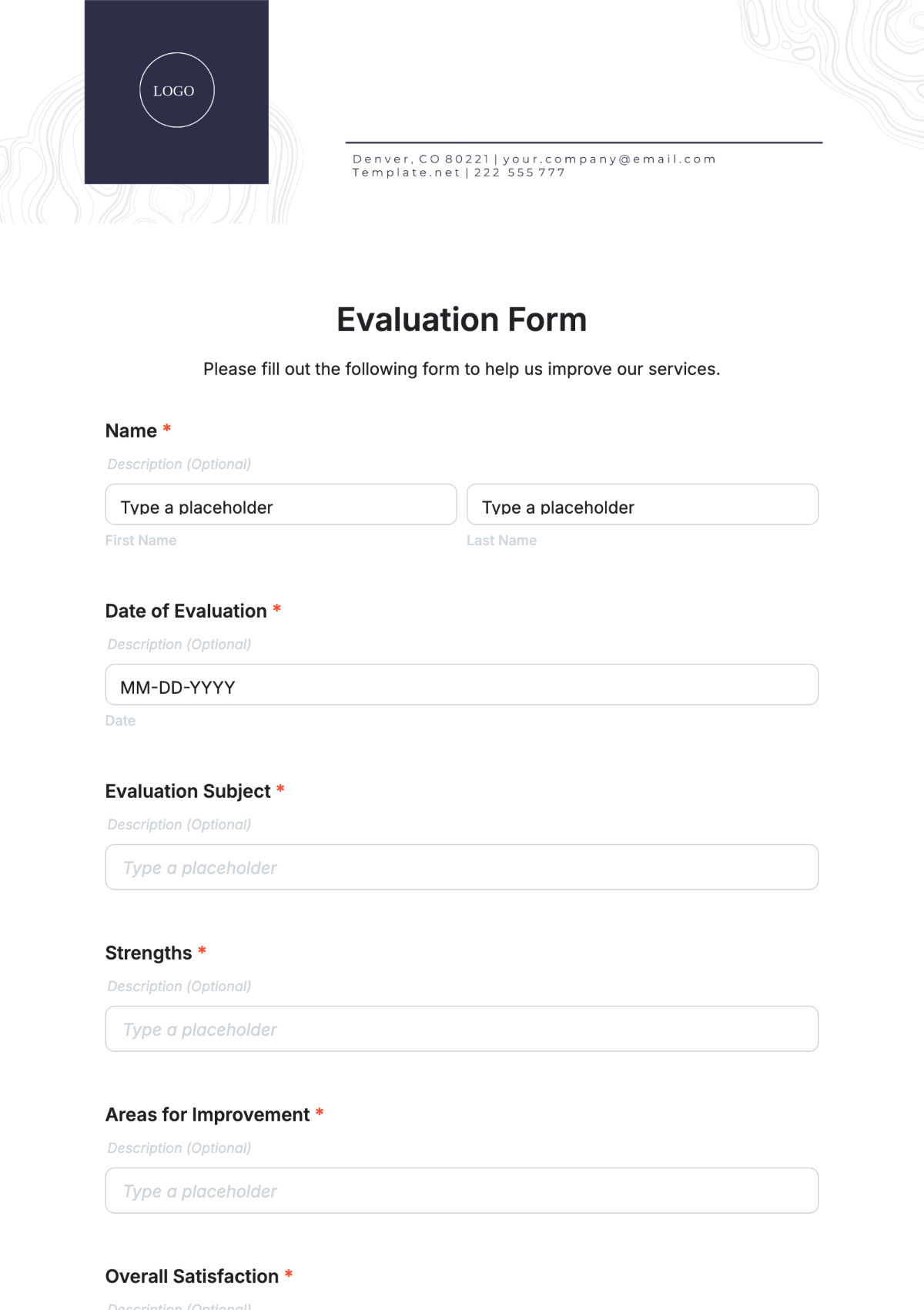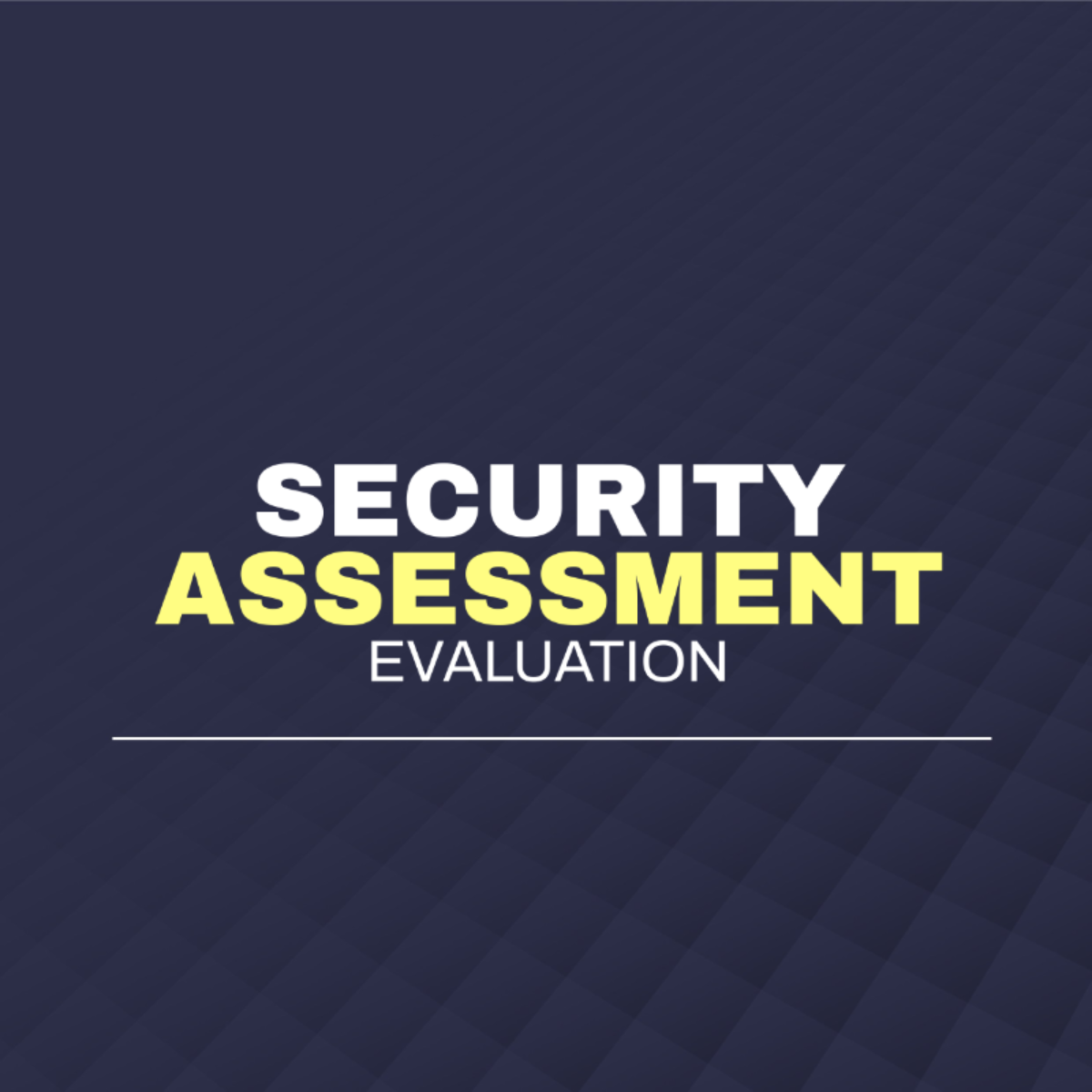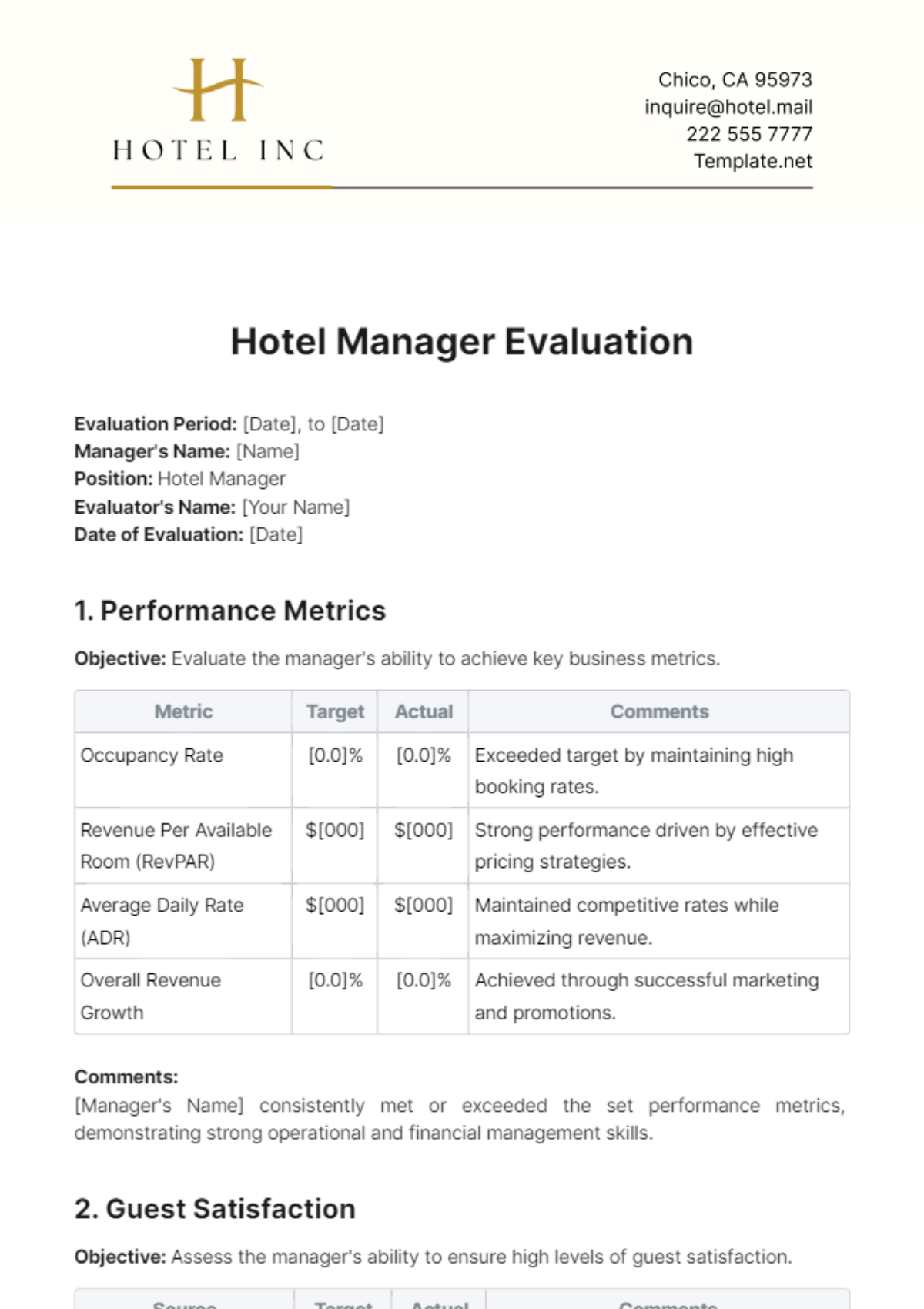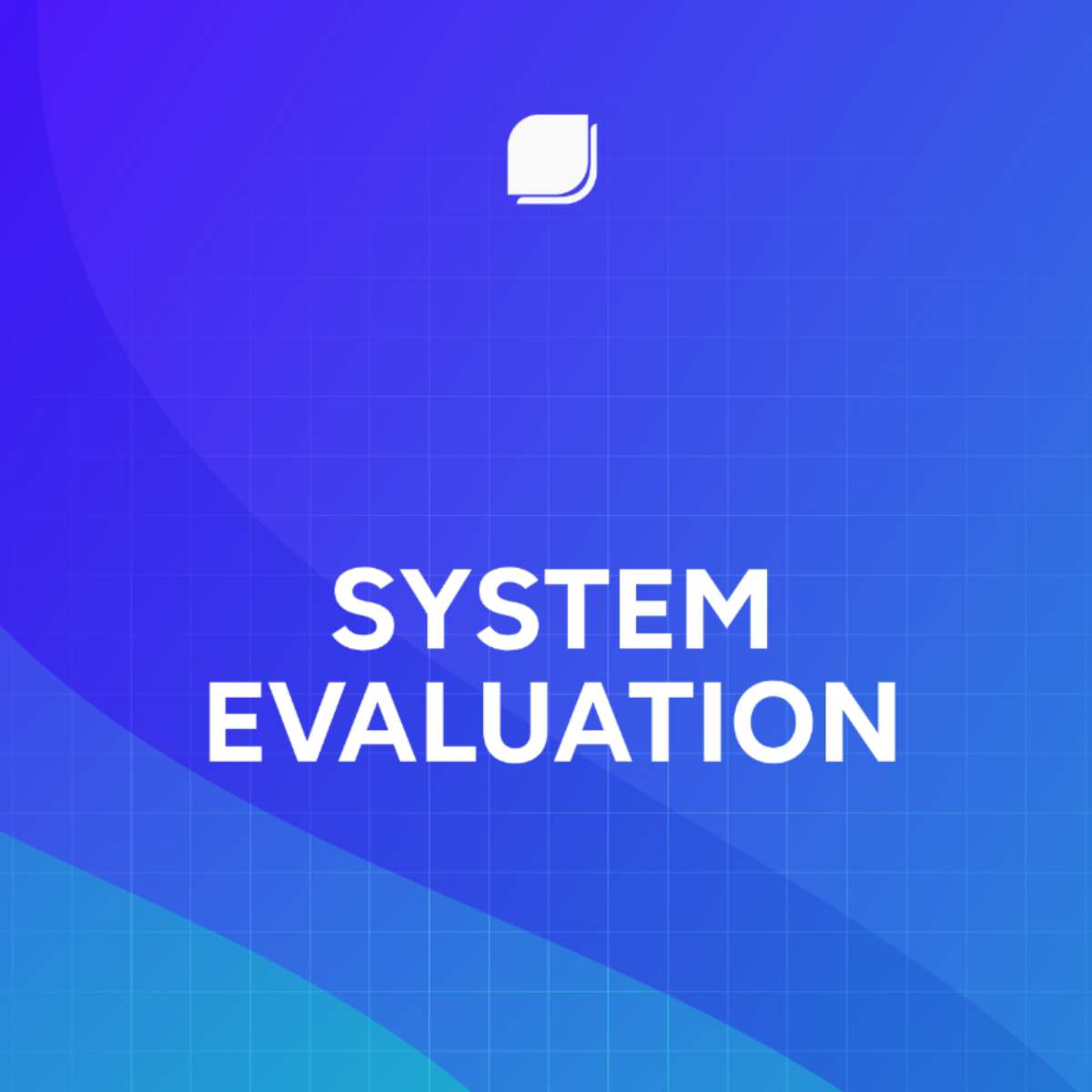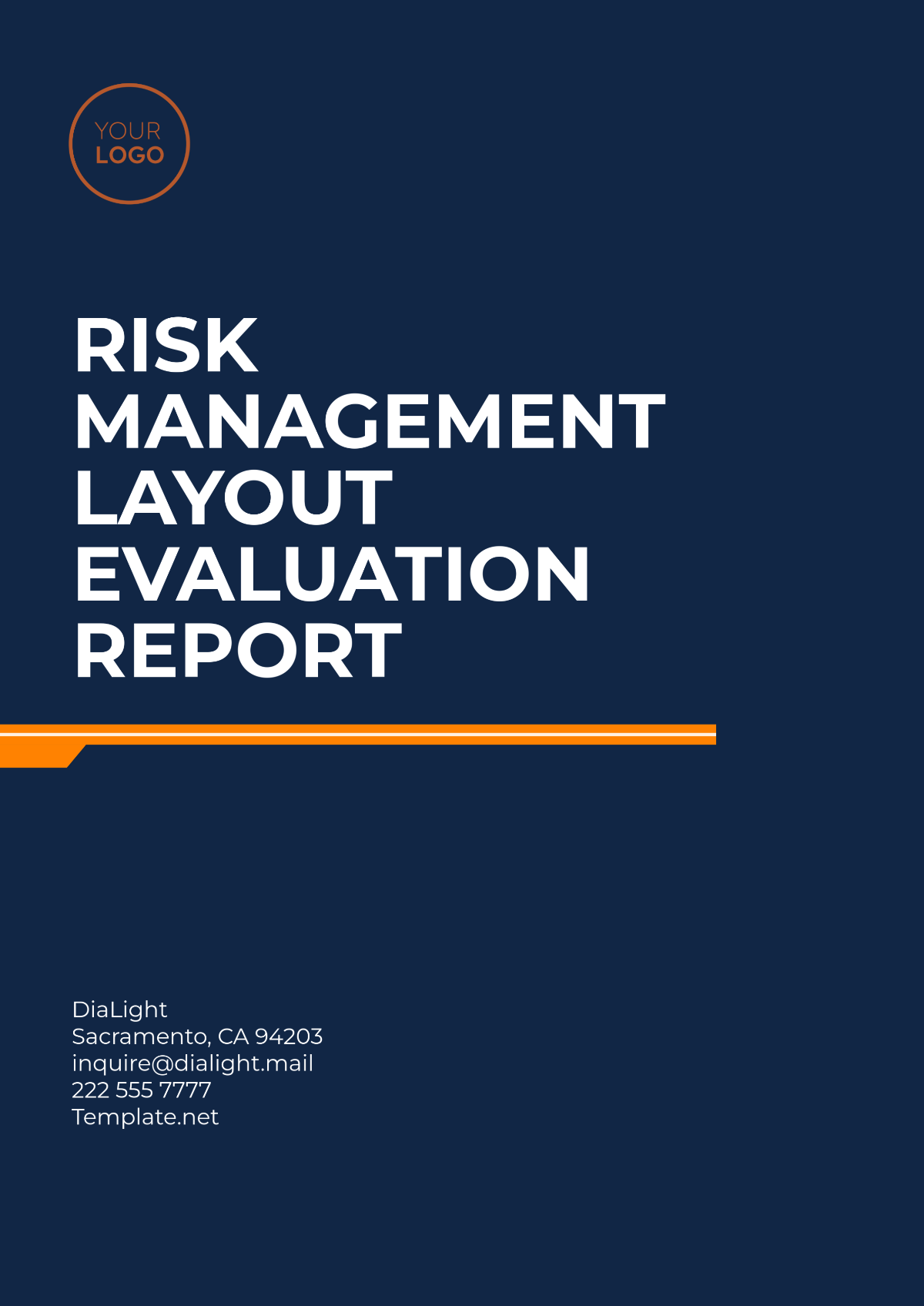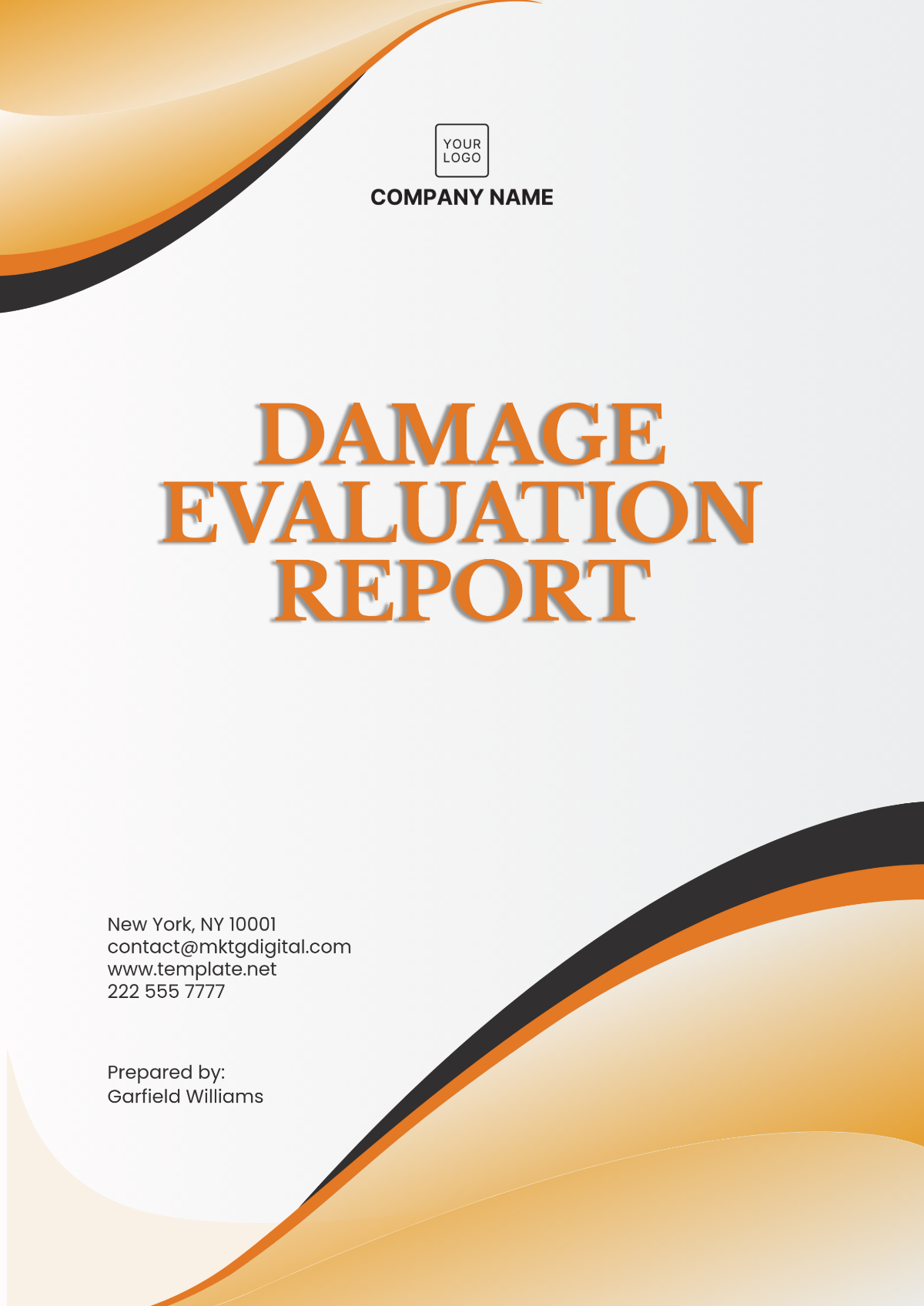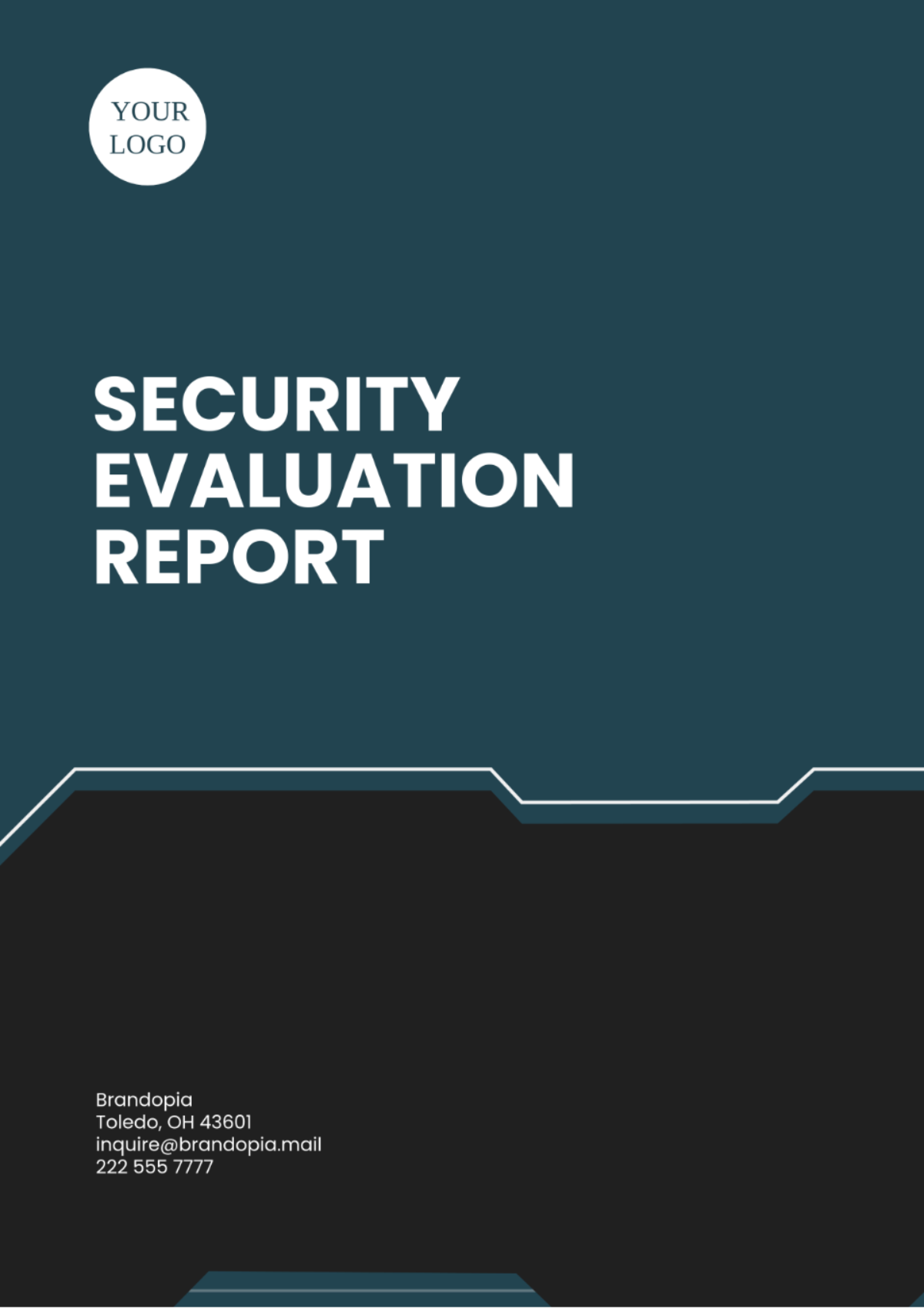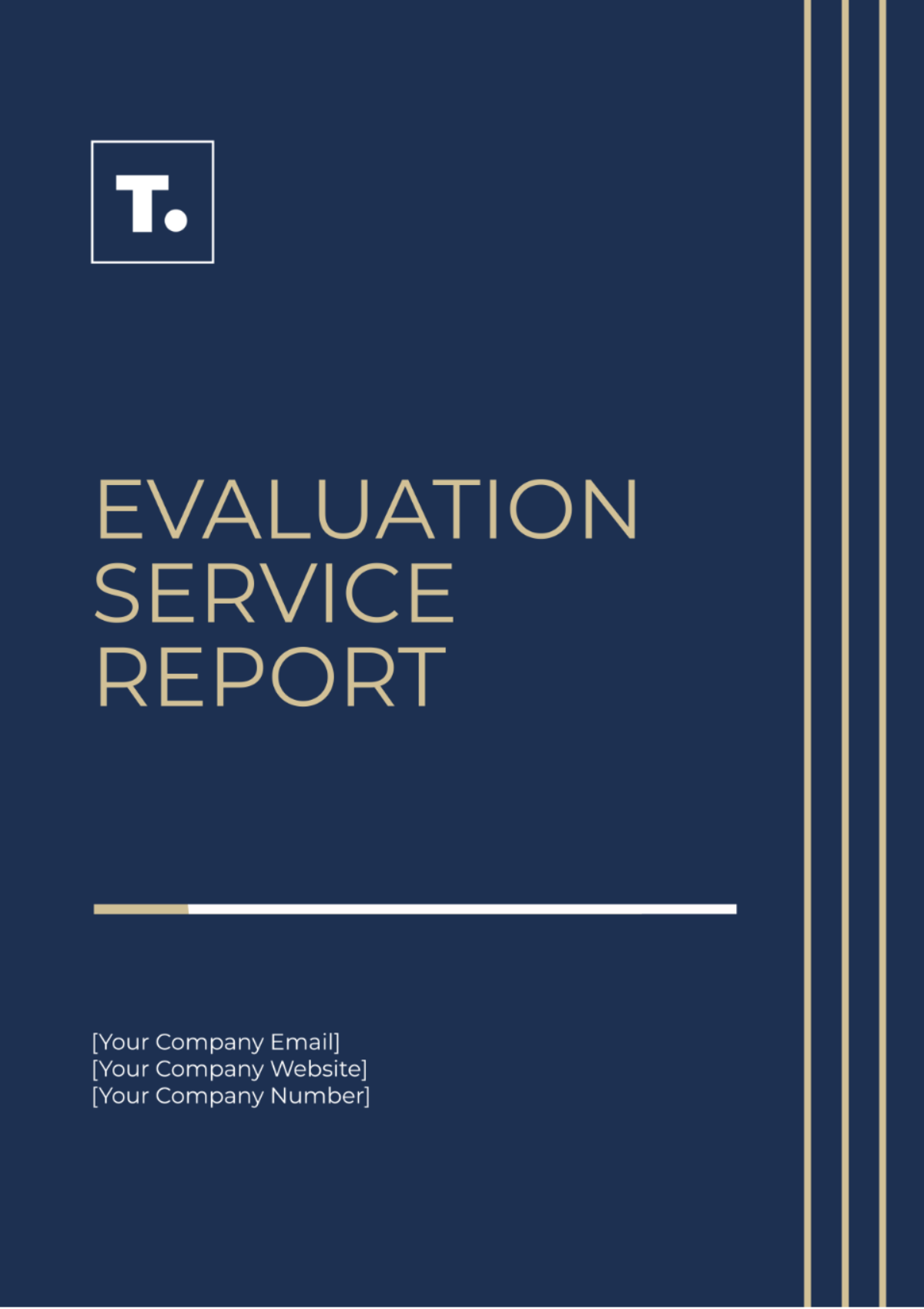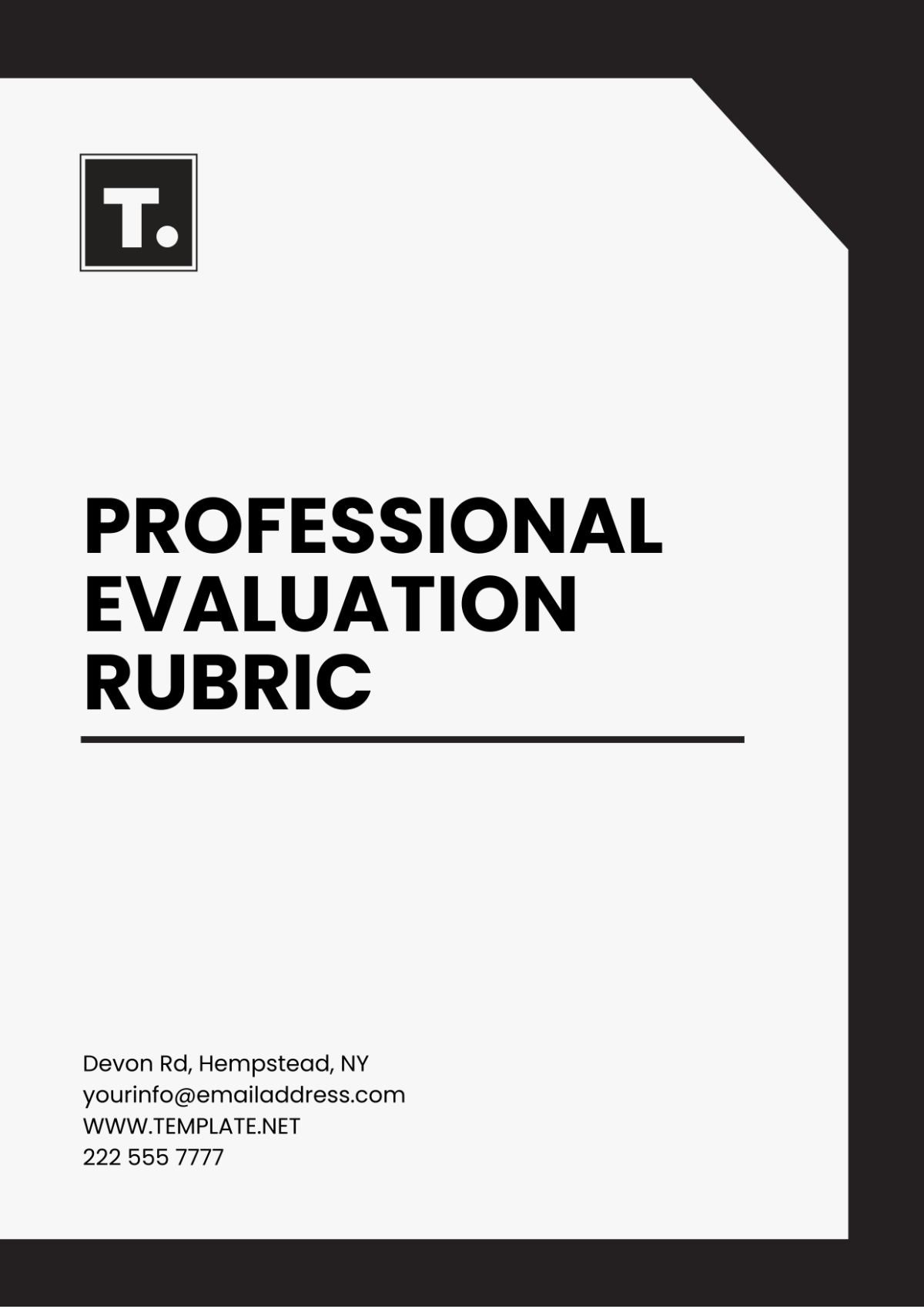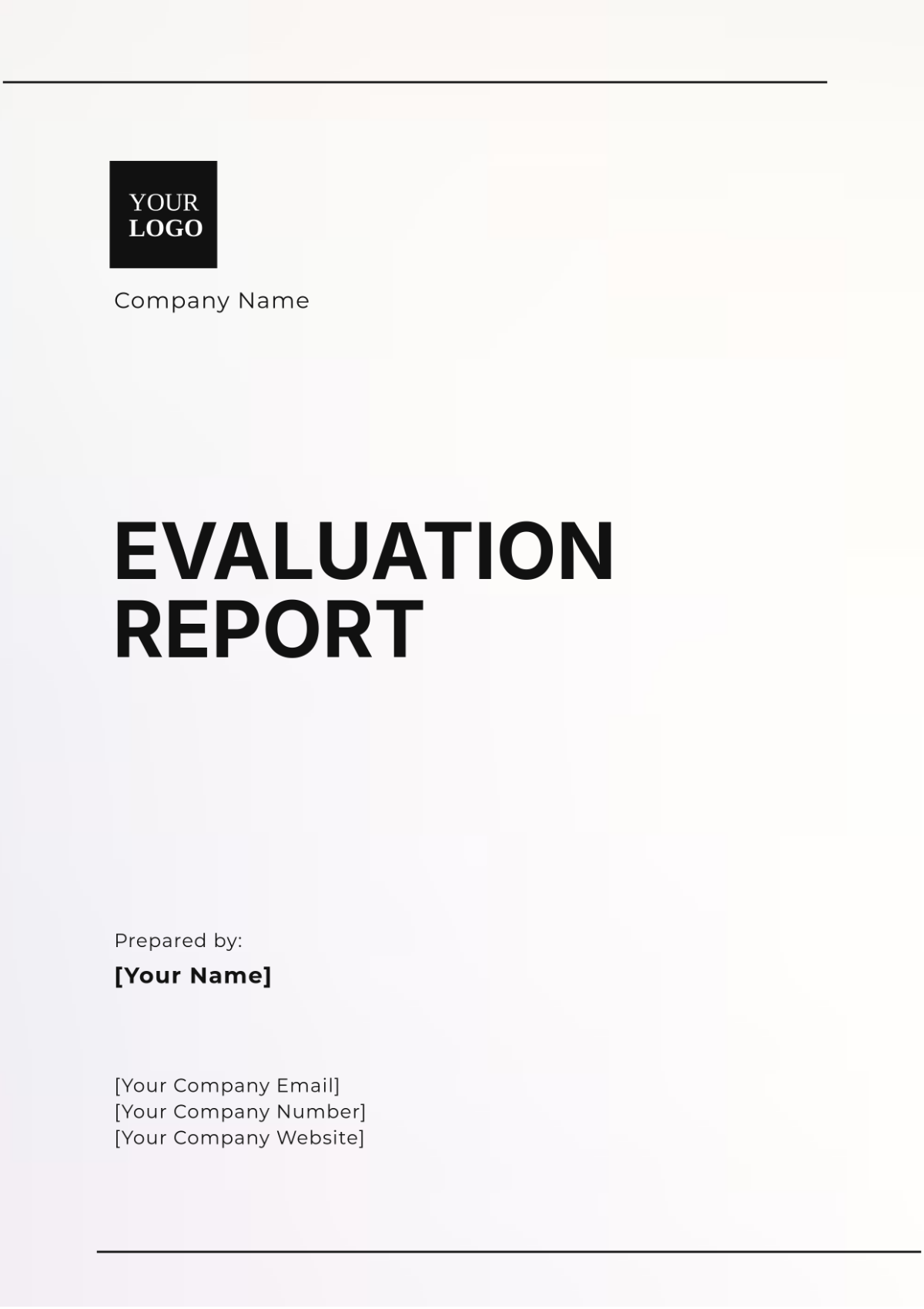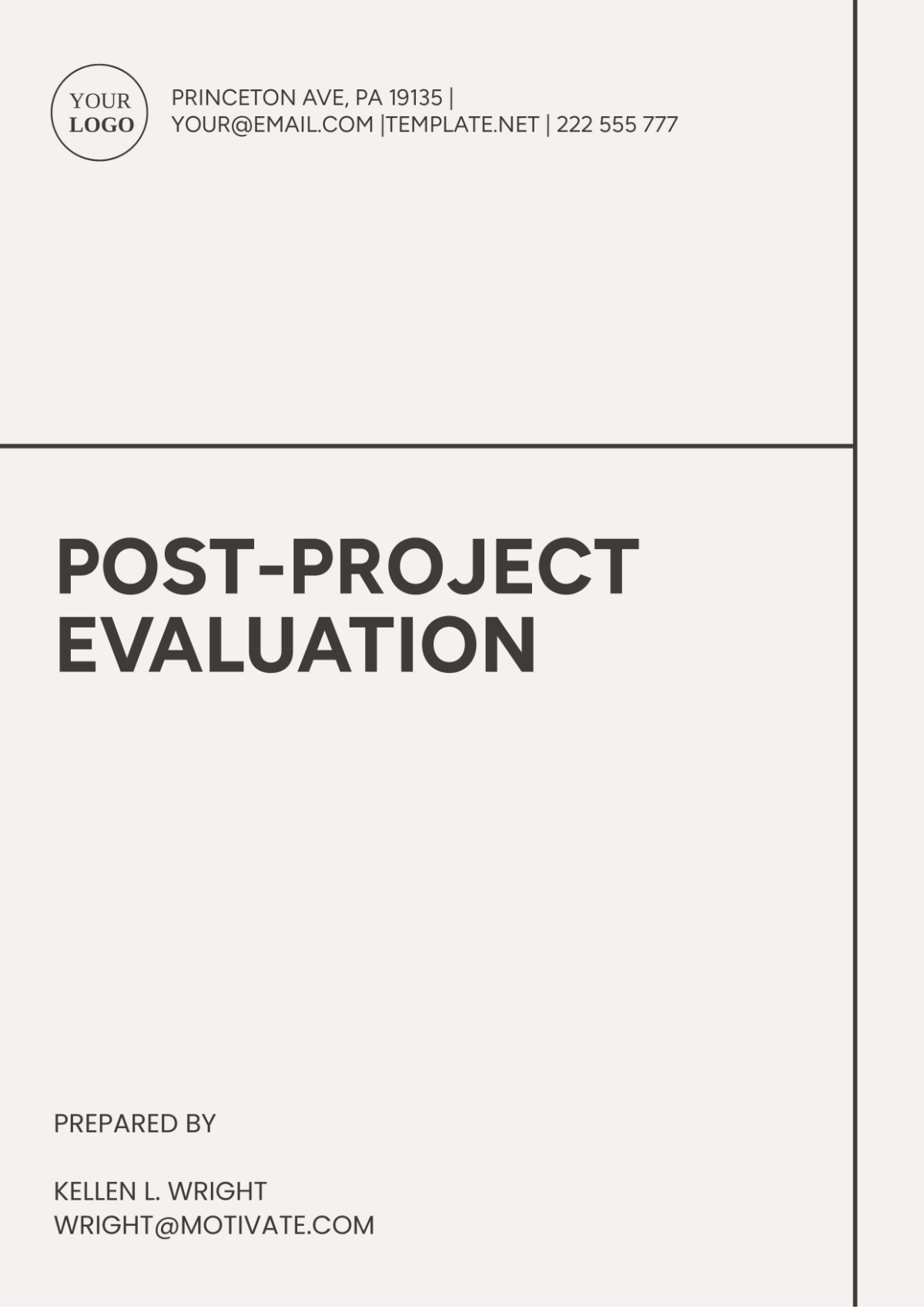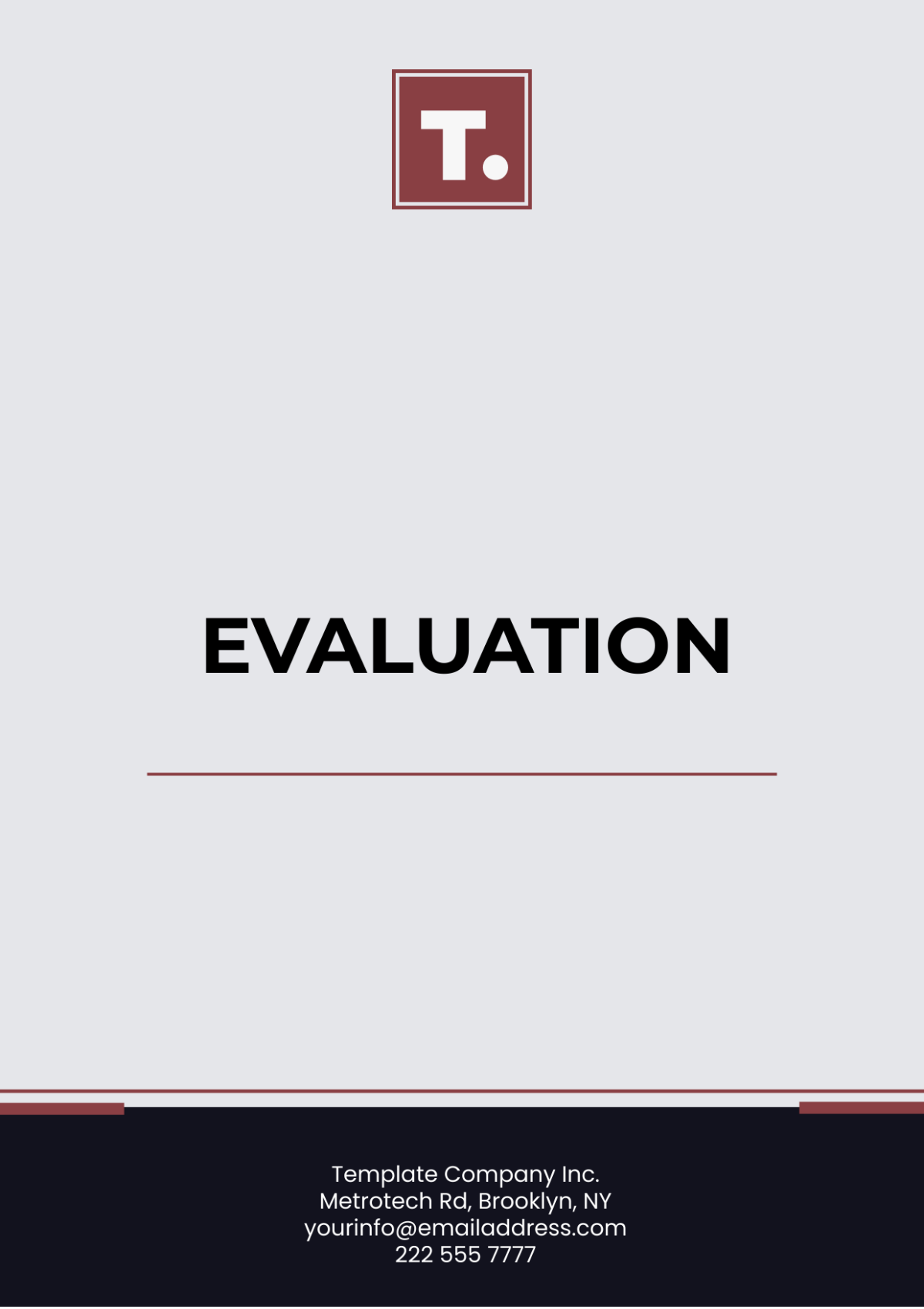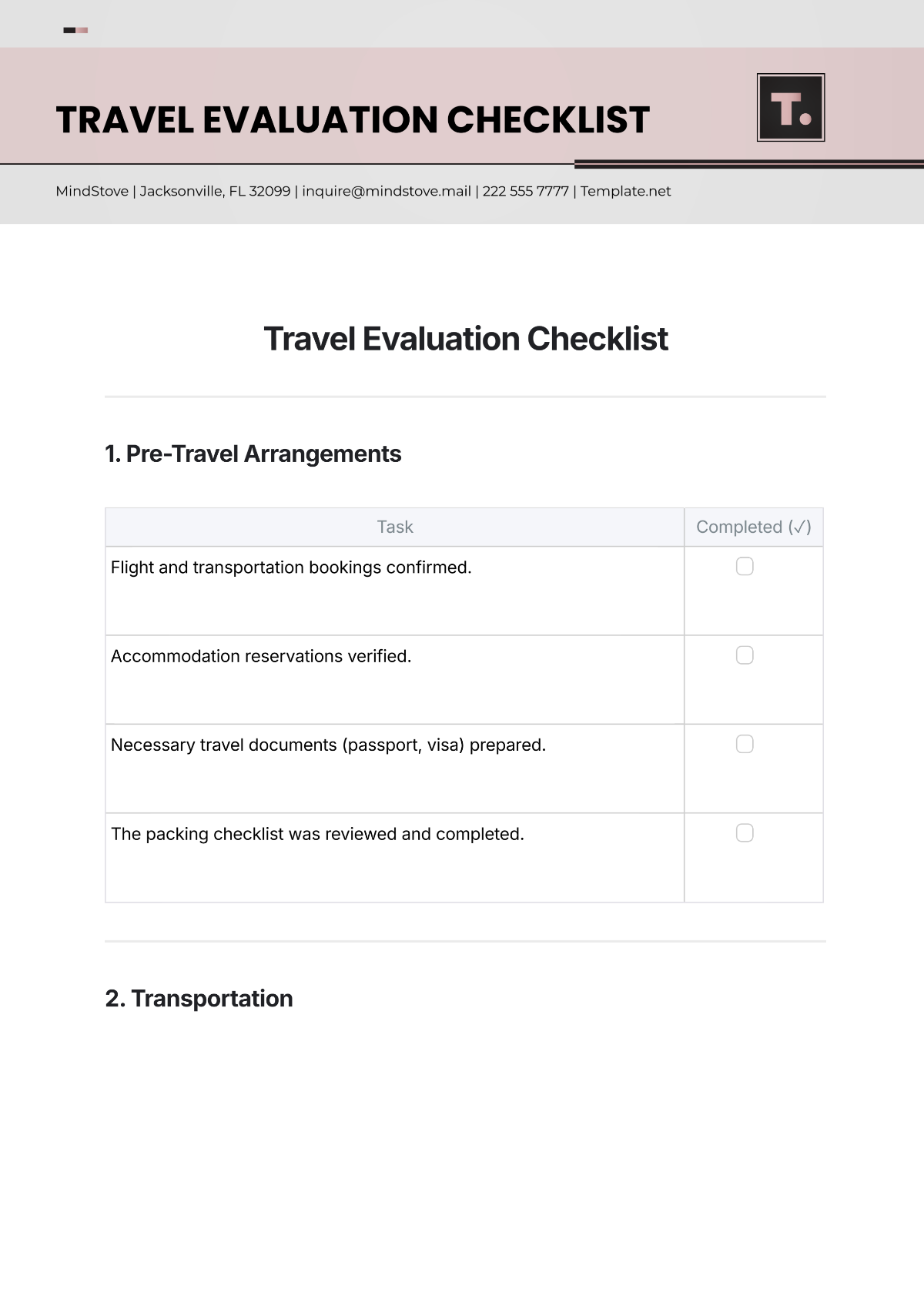SECURITY EVALUATION REPORT
Prepared by: [Your Name]
I. Introduction
The purpose of this Security Evaluation Report is to assess and document the current security measures in place within the organization. This report highlights the strengths, weaknesses, and recommendations for improvements to ensure the integrity, confidentiality, and availability of the organization's information systems.
II. Assessment Overview
1. Security Objectives
Our primary goal is to safeguard organizational assets against unauthorized access, use, disclosure, disruption, modification, or destruction. The security objectives include maintaining data integrity, ensuring data confidentiality, and enabling availability of critical services.
2. Methodology
A comprehensive approach was adopted to assess the security landscape. This included:
Conducting risk assessments to identify potential threats.
Reviewing current security policies and procedures.
Performing system vulnerability scans and penetration testing.
Interviewing key personnel to understand operational and systemic challenges.
III. Findings
1. Infrastructure Security
A. Network Security
The network infrastructure was evaluated for potential vulnerabilities. Key findings include:
Area | Status |
|---|---|
Firewall Configuration | Current configurations are robust but require regular reviews and updates. |
VPN Use | Strong encryption protocols in use, however, monitoring of user activity is inconsistent. |
B. Physical Security
Physical security measures were analyzed for their effectiveness in preventing unauthorized access to critical systems.
Access control systems are efficient, but the implementation of biometric systems could enhance security.
Regular audits of access logs are necessary to identify potential breaches.
2. Application Security
The evaluation revealed several aspects regarding application security:
Application | Issue | Recommendation |
|---|---|---|
Web Portal | CSRF vulnerability identified. | Implement Same Site cookie attributes. |
Internal Tools | Data validation issues leading to potential SQL injection. | Conduct code review and apply parameterized queries. |
IV. Recommendations
1. Immediate Actions
To address the most pressing security concerns, the following steps are recommended:
Update firewall rules and conduct a firewall audit.
Enhance VPN monitoring by implementing more rigorous logging and alerting systems.
Implement multi-factor authentication across all critical systems.
2. Long-term Strategies
For sustained improvements in security posture, the following strategies should be considered:
Regularly update and test disaster recovery and business continuity plans.
Establish a security training program for all employees to foster a culture of cybersecurity awareness.
Conduct routine security audits and penetration testing to proactively identify vulnerabilities.
V. Conclusion
In conclusion, while the organization has a foundational security framework in place, enhancements are necessary to address existing vulnerabilities and prepare for emerging threats. The implementation of recommended actions will substantially increase the organization's resilience against potential security incidents.








